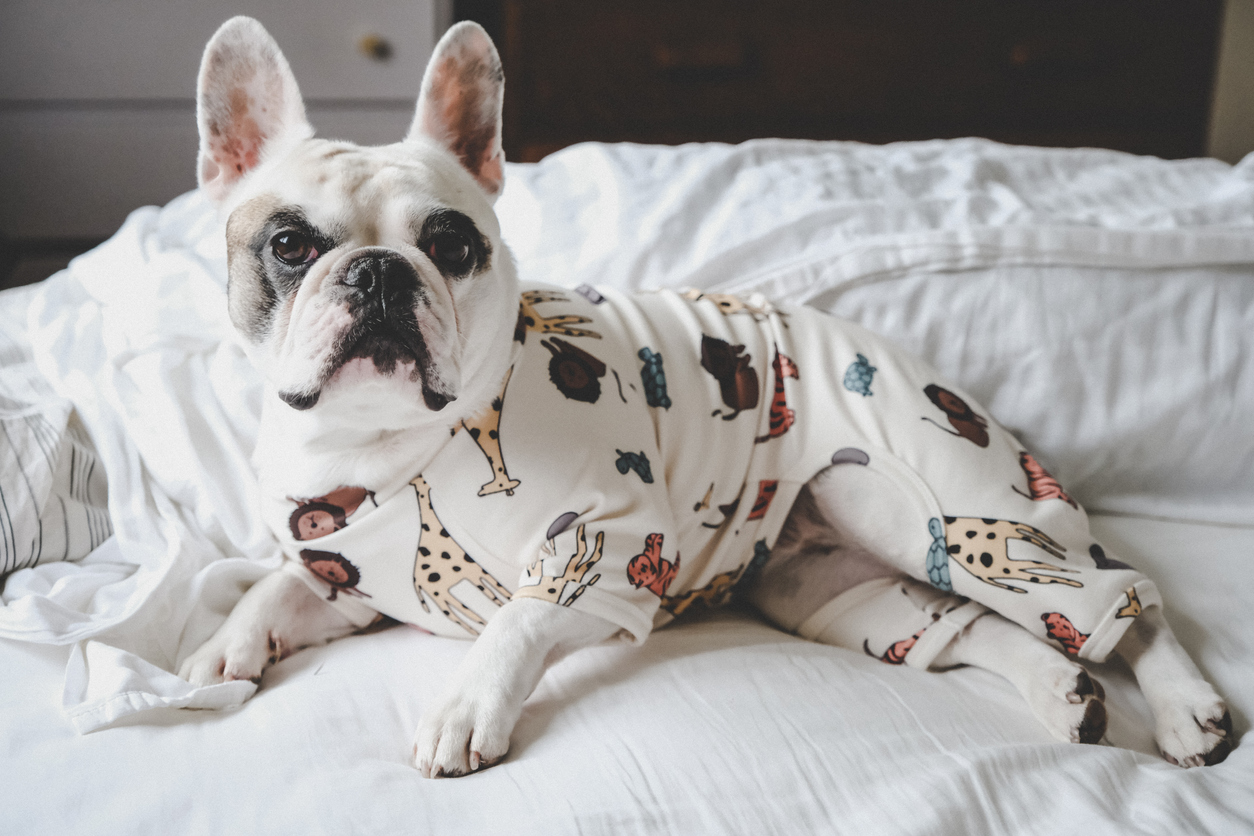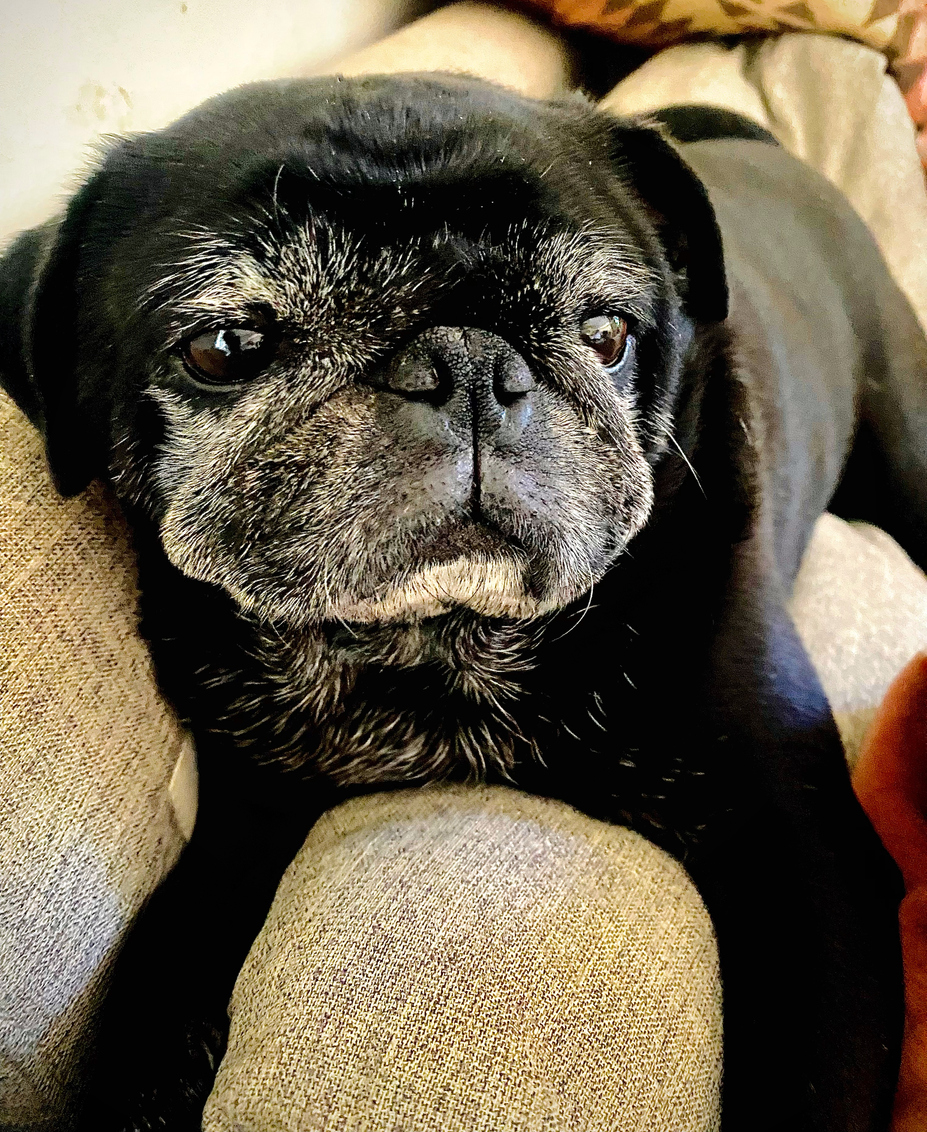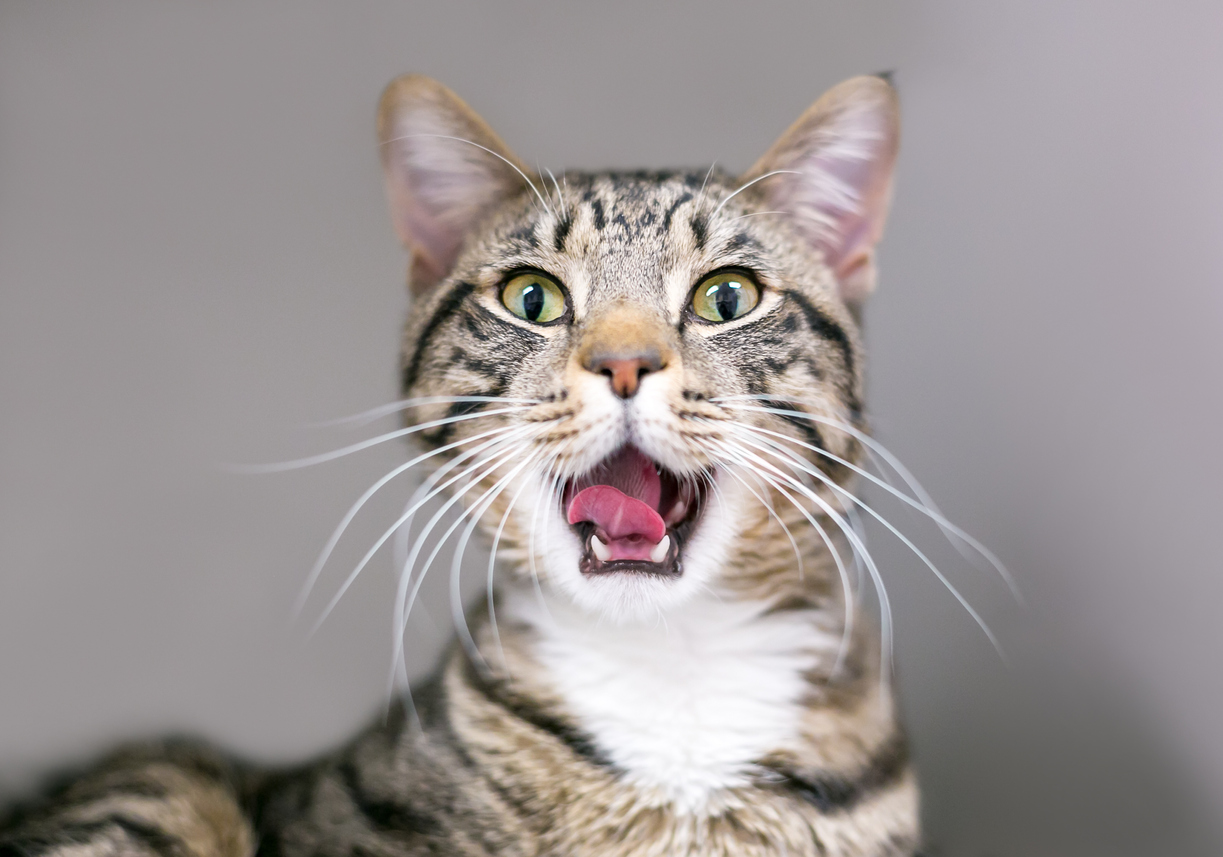Feline Transfusion and Blood Typing
Blood transfusion has been practiced for centuries for saving the lives of critically ill humans and animals. The first canine blood transfusion was performed in the mid-17th century. Since then, and with the help of the latest techniques and equipment, blood transfusions have become common practice.
Red Blood Cell transfusions are necessary for dogs and cats that are experiencing a symptomatic deficiency in oxygen carrying capacity associated with anemia (lack of red blood cells). This is due to three main categories:
- hemolysis (red blood cell destruction) e.g. Immune-mediated conditions, Onion toxicity.
- hemorrhage (blood loss) e.g. Trauma, bleeding disorders, or,
- inadequate erythropoiesis (red blood cell production) e.g. FIP, Kidney disease, and certain cancers.
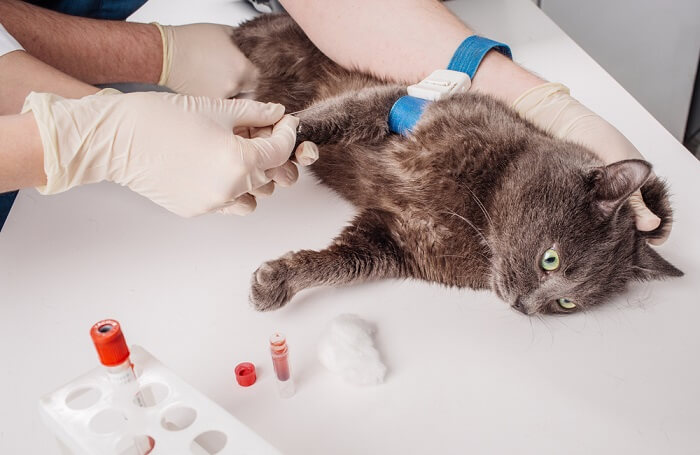
Feline Blood groups and compatibility
There are three major blood groups in cats – A, B, and AB. Group A is the most common, while group B is common in some pedigree breeds. Group AB appears to be rare in all breeds.
Cats given a non-compatible blood transfusion can develop severe life-threatening transfusion reactions because cats can have naturally-occurring antibodies in their blood against red blood cells of the wrong type. This is particularly true in type B cats that always have high levels of antibodies against type A blood, but can also be true of type A cats.
The incompatibilities and risk of severe transfusion reactions mean that cats should only ever receive a matched blood transfusion.
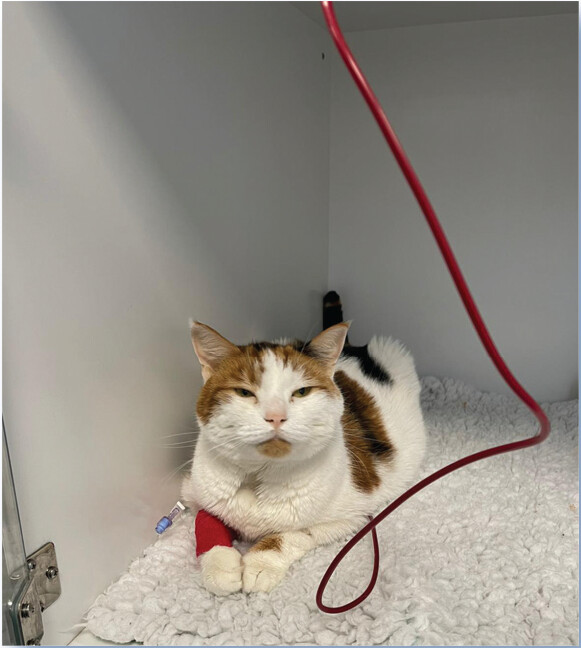
What steps are taken to minimize transfusion reactions?
Blood transfusions can be life-saving, but there is always the possibility of severe transfusion reactions. With great care and appropriate steps, transfusions can do more good than harm.
Specifically, in cats it is important for donor and recipient blood to be compatible. As a minimum, both cats should be typed (A/B/AB). The donor cat should be screened for FeLV/FIV +/- Mycoplasma haemofelis (cause of feline infectious anemia). Recipients should be closely monitored, especially during the first 15-30 minutes. During this time the rate of transfusion is slow and then increased after the clinician has not observed any reaction signs.
Cross-matching will also be performed in cats. The purpose of cross-matching is to detect the presence of antibodies in the recipient's blood against the red blood cells of the donor. These antibodies attach to the red blood cell of the donor after transfusion which can result in severe anemia and even death. In dogs, naturally occurring antibodies against important red blood cell antigens are not found. Dogs require sensitization (i.e. a prior blood transfusion) before such a reaction can occur.
Is there any risk for the blood donor?
Suitable donors should be selected to keep the risk to an absolute minimum. Current recommendations for donor cats are:
- Healthy, fully vaccinated, and ideally living wholly indoors
- Less than 8 years of age.
- Over 4.5kg lean body weight
- PCV (Blood cell count) over 30% and ideally over 35%.
- Calm and not stressed at the veterinary clinic
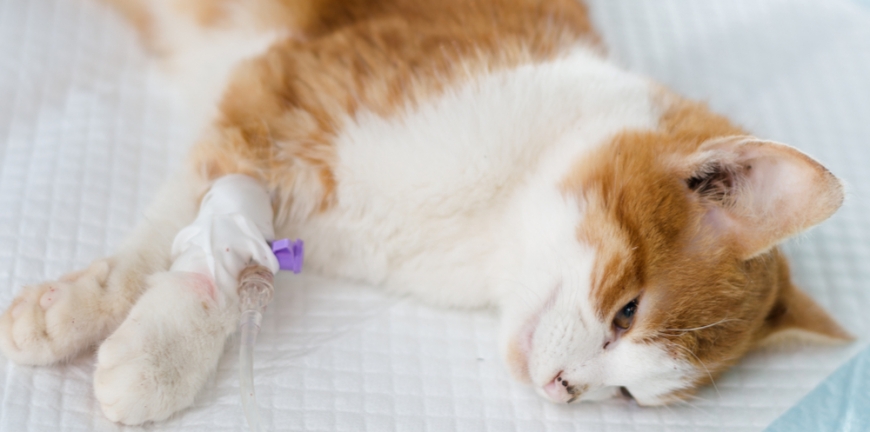
Feline Blood Banks
It is not always easy to find a suitable donor cat in an emergency situation. Here at Wellness Veterinary Hospital, we have a Blood Bag pick-up and delivery service. We strive to have blood available at all times for emergency cases. Due to the short shelf life of fresh blood, fresh blood is not always available.
A friendly reminder… Almost all transfusion cases are emergencies with animals in dire need. We have a first come first serve policy and we will not withhold any blood products for later purchase. Please do not leave message via Facebook/inbox. Just call us directly for fasted response, our medical team is in the clinic 24/7 to assist you!

